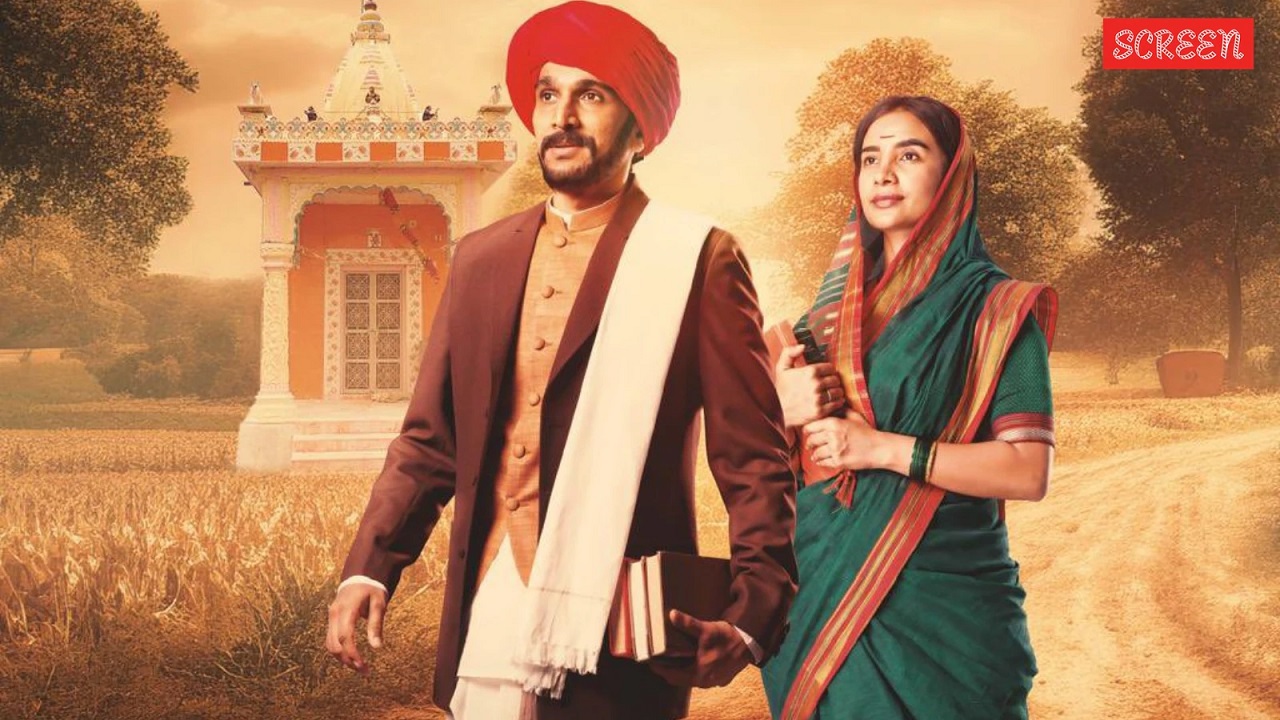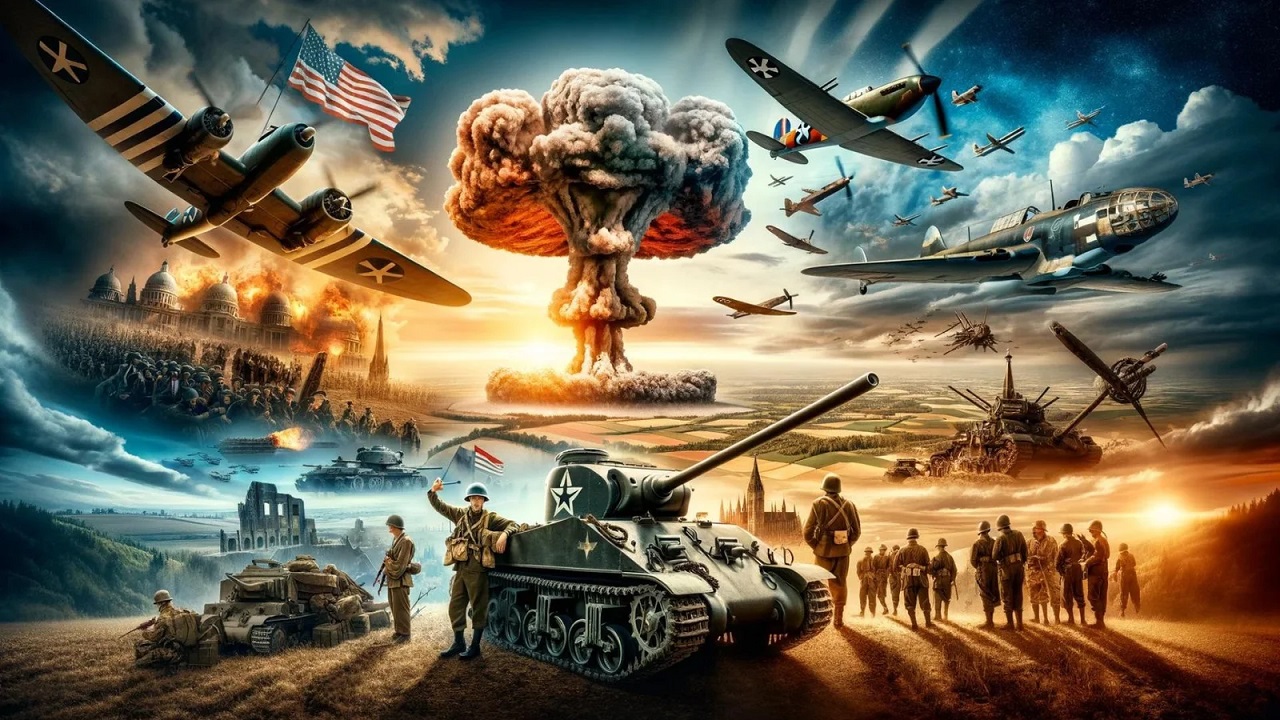Reflecting India: The Shifting Socio-Political Narratives in Cinema
Context:
Recently, a new biopic on Jyotiba Phule, a 19th-century leader from Maharashtra who fought for the rights of oppressed castes, was released. This film marks a significant transformation in the way national issues are represented in Indian cinema. Cinema, as a powerful tool, has always played a critical role in reflecting the socio-political landscape of India. The evolving portrayal of national issues in films has mirrored changes in the country's political, social, and cultural environment.
Socio-Political Themes in Early Cinema
In the early years, Indian cinema served as a reflection of the socio-political climate of the time. It depicted national issues while engaging with themes such as nationalism, communal harmony, and socio-economic disparities.
-
Cinema as a Mirror of National Issues: Indian cinema in its initial years was a reflection of the socio-political context of the time. It addressed complex themes like politics, social inequalities, and cultural identity, often challenging existing beliefs and inspiring public discourse.
-
Nationalism and Patriotism: The early years of Indian cinema were marked by films promoting Indian identity and resistance to colonial rule. With British censorship, filmmakers used mythological and historical allegories to inspire nationalist sentiment. For example, films like Lagaan symbolized resistance against colonial rule through the game of cricket.
-
Communal Amity: During the period leading to Partition, cinema consciously promoted messages of Hindu-Muslim unity. The conflict between city vs village and east vs west was a recurring theme in early films. Cinema played a role in fostering harmony at a time when communal tensions were on the rise.
-
Socio-Economic Issues: Early films highlighted social issues like untouchability, caste oppression, women's rights, and poverty. Filmmakers such as V. Shantaram advocated for progressive changes and social upliftment, often inspired by Gandhian ideals.
-
Economic Struggles and Class Issues: Early cinema also focused on the plight of peasants, workers, and the urban poor. The rise of parallel cinema reflected growing concerns about economic struggles and the challenges faced by marginalized communities.
-
Swadeshi and National Pride: Early films promoted Swadeshi values, countering Western cultural influence. Dadasaheb Phalke, the "father of Indian cinema," consciously used the medium to promote Indianness and the rejection of colonial dominance.
Recent Changes in Cinema Reflecting Current National Issues
In recent years, Indian cinema has experienced a shift in its thematic focus, mirroring the evolving socio-political landscape of modern India. Films today reflect the country's changing identity, political climate, and socio-economic challenges.
-
Decline in Antagonizing the West: Earlier films often portrayed the West as the antagonist, symbolizing colonial oppression. However, with the passing of time and the diminishing memory of British imperialism, the West has become less of a focus in Indian cinema. Today, Western culture is more mainstream, and the focus has shifted to domestic issues.
-
Assertive Nationalism: In the last decade, there has been a noticeable rise in films portraying patriotism and military heroism. Movies like Uri: The Surgical Strike, Shershaah, Kesari, and The Kashmir Files emphasize assertive nationalism and India's stance on terrorism and border security, aligning with the current political climate.
-
Increasing Shade of Religion: A growing trend in Indian cinema is the rise of religious themes, communalism, and religious stereotyping. Hindutva has gained prominence as a dominant strand of nationalism, influencing many recent films.
-
Rising Caste Discussion: Films today have taken a bolder approach to addressing issues of caste discrimination, police brutality, and systemic oppression. Movies like Article 15, Jai Bhim, and Sairat are part of a growing public dialogue on Dalit rights and intersectional justice, reflecting a shift towards more direct discussions on caste issues.
-
Women’s Empowerment and Gender Issues: Recent films increasingly reflect themes of feminism, gender roles, and toxic masculinity. Films like Thappad, Pink, Chhapaak, and The Great Indian Kitchen address issues of consent, domestic violence, and the representation of women in public life, mirroring ongoing national conversations about gender equality.
-
Impact of Technology and Media: Films now explore the influence of digital culture, misinformation, and privacy concerns. Movies like Jamtara, Choked, and Mumbai Mafia delve into the complex relationship between the online and offline worlds, reflecting the challenges posed by the digital age.
What Lies Ahead for Indian Cinema?
Indian cinema has always mirrored the socio-political environment of its time. From the mythical heroes of early films to today’s complex protagonists, cinema has evolved from symbolic resistance to direct confrontation with national issues. As the nation moves forward, Indian cinema is likely to continue reflecting the complexity of modern India, addressing issues like globalization, environmental challenges, and youth empowerment.
-
The shift from symbolic resistance to direct engagement with national issues marks India’s journey from a colonial subject to a modern democracy. This transformation in cinema is reflective of India’s progress in navigating its identity, political ideologies, and social justice movements.




Comments (0)